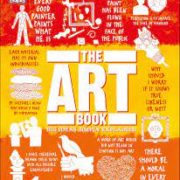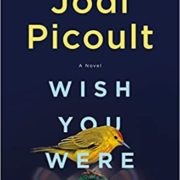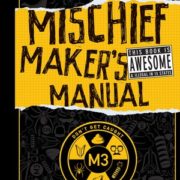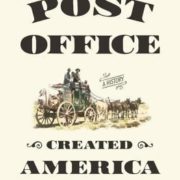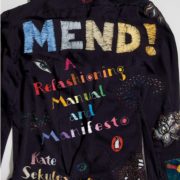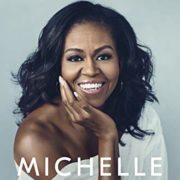Brave Hearted: The Women of the American West by Katie Hickman
Katie Hickman’s Brave Hearted: The Women of the American West is as much about westward expansion and the colonization – or, in seemingly benign language, westward ‘migration’ and ‘settlement’ – of what we now know as the American West as it is about the history of the women who were among the first to make their way westward.
Stories, both fictional and non, of westward migration abound. Most of these stories, like much of the romanticized imagery of, and entertainment about, the American West, are about men–cowboys, explorers, fur traders, guides, merchants, military, warriors, etc. But what about the women? Although Brave Hearted is not, nor does it pretend to be, comprehensive, it helps tell a fuller story about travels to, and the settling of, the American West. And it all starts with a couple of ladies who felt called to missionary work.
Narcissa Whitman and Eliza Spalding, along with their husbands, set out for the so-called frontier in 1836. In fact, both women married their husbands, who they barely knew, in order to fulfill their dreams of becoming missionaries. It was unacceptable for women to set out on their own at that time and, even if it had been acceptable, women lacked the means to do so. But these two men needed the women as much as the women needed them because they needed to be married to set up permanent missionary settlements in the West. Thus, their marriages were mutually beneficial. It was an interesting dynamic, with a bit of personal history and tension (that you could read more about in the book proper).
The two couples set out from Liberty, Missouri, in the company of a handful of others, including a carpenter, who served as “lay assistant and mechanic,” three Nez Perce, and two other men. Communally, they made some necessary purchases for the journey, such as cattle, horses, and a farm wagon, and each carried “a plate, a knife and fork, and a tin cup.” Any other personal belongings were toted along however by whoever owned them. They were headed to an American Fur Company rendezvous spot from which they would start the “real” journey West. Their arrival caused a sensation there, as it did when they made it to their final destination, for Narcissa Whitman and Eliza Spalding were the first white women to travel westward overland–it was a magnificent feat.
They, like the women who followed, left everything – material and immaterial – behind with the hopes of successfully establishing themselves in the West. Often, and likely more often than not, these women did not again see the family or friends who they left behind. Also, communication could be sparse, as it depended on mail delivery. To say it was not an easy journey, or an easy way of life if and when they got there, is perhaps an understatement.
Hickman’s book, however, isn’t just about the experiences of the Narcissa Whitmans and Eliza Spaldings of the world. As she writes in her introduction, the women she depicts “encompass an extraordinarily diverse range of humanity, of every class, every background, and of numerous different ethnicities, many of them rarely represented in histories of the West.” Indeed, that’s an accurate description, if self-described.
In addition to writing about the women of the Whitman Mission, Hickman writes about others who traveled west for religious reasons, such as the Mormons, as well as Native American, African American, Chinese, and other women, from all sorts of social classes and standings. Her story starts with Whitman and Spalding, presumably, because they were the first women who traveled overland to the west. Their success – meaning only that they actually arrived alive to where they were going – illustrated that women, too, were capable of making the journey. Soon thereafter, an unprecedented amount of people, including “unheard of” amounts of women, traveled overland to migrate west.
Not all women who landed in the west chose that journey, however. General Custer and his wife, Elizabeth, took their slave, Eliza, from camp to camp. Biddy Mason, who was born into slavery in Georgia in 1818, and her family were forced west by their owner, Robert Smith, who was part of the Mormon migration. Fortunately for Mason and her family, they were able to become freed when in California, due to a legality when Smith tried to remove them to Texas. Biddy Mason moved to Los Angeles, was “one of the first non-Mexican residents,” and became a well-respected, “prominent property owner and philanthropist.” Others were not as fortunate, such as the numerous Chinese women who languished as slaves or indentured sex workers after arriving from China by sea, often in horrendous conditions.
Brave Hearted is told in 18 expertly-researched chapters, complete with maps, notes, and a select bibliography. Although the book is not image-heavy, it does contain a handful of photographs, including one of “Handcart Pioneers” (pg. 196), people who headed west pulling what they owned themselves with a hand cart; a promotional image of Olive Oatman (pg. 231), who became famous for her time among the Mohave; Biddy Mason (pg. 284), who is described above; and others, some of whom remain anonymous/unknown.
Brave Hearted is one of the better books I’ve read about women and the American West, if not the best. Which is to say I highly recommend it to anyone with an interest in the topics discussed herein. As always, happy reading.


